Chosen theme: Energy-Efficient Heating Systems. Step into a world where warmth meets wisdom—where every degree of comfort is delivered with purpose, precision, and lower energy use. Explore ideas, stories, and techniques that help your home stay cozy while your bills and emissions stay low. Subscribe and share your questions to shape future posts.
Core Principles of Energy-Efficient Heating
Learn what AFUE, HSPF, and COP actually mean for your home’s comfort and costs. These metrics reveal how well systems convert energy into heat and how they perform across temperatures. Share your region and system type in the comments, and we’ll help interpret which numbers matter most for you.

Core Principles of Energy-Efficient Heating
Heat slips through uninsulated walls, leaky windows, and gaps in attics or basements. Energy-efficient heating systems perform best when your building envelope is tightened. Combining air sealing with smart, right-sized equipment changes everything—less strain on the system, quieter comfort, and steadier indoor temperatures.
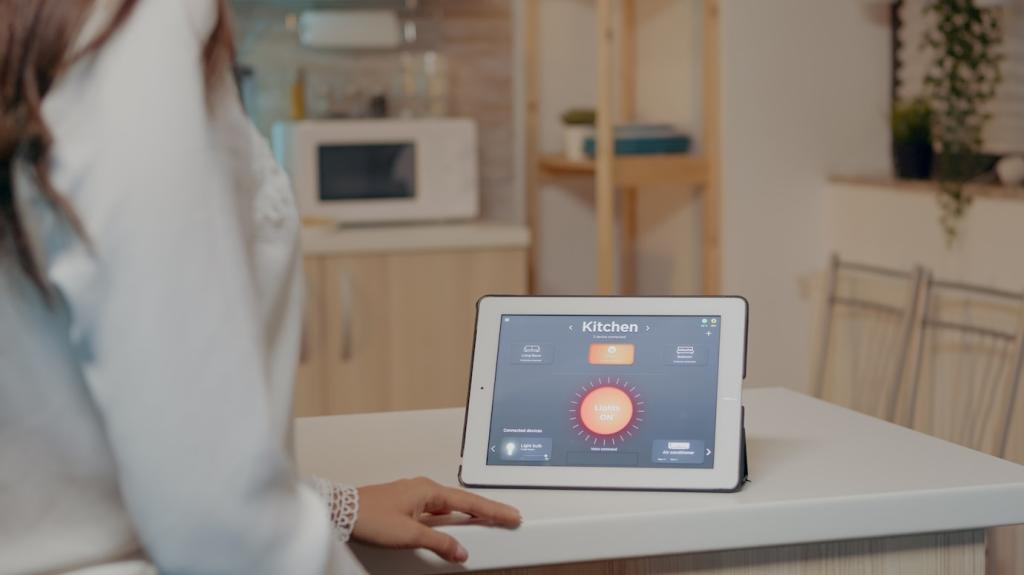
Air-Source vs. Ground-Source Heat Pumps
Air-source heat pumps have become cold-climate champions, with inverter compressors that sip energy at part load. Ground-source systems leverage stable earth temperatures for remarkable efficiency. Selection depends on climate, available land, and budget. Ask about your climate zone below, and we’ll suggest the better match for your home.
Condensing Boilers Done Right
Condensing boilers reach excellent efficiency when return water is cool enough to condense flue gases. That means big radiators, low-temperature emitters, or outdoor reset curves. If your radiators are oversized, you might be sitting on hidden efficiency. Drop your radiator dimensions, and we’ll help estimate potential gains.
Radiant Floors and Low-Temperature Emitters
Radiant floors, ceiling panels, and large-panel radiators deliver comfort at lower water temperatures, unlocking efficiency for heat pumps and condensing boilers. They eliminate drafts, reduce dust movement, and feel luxuriously even. Curious whether your flooring or layout fits radiant? Comment your floor type and we’ll weigh in.
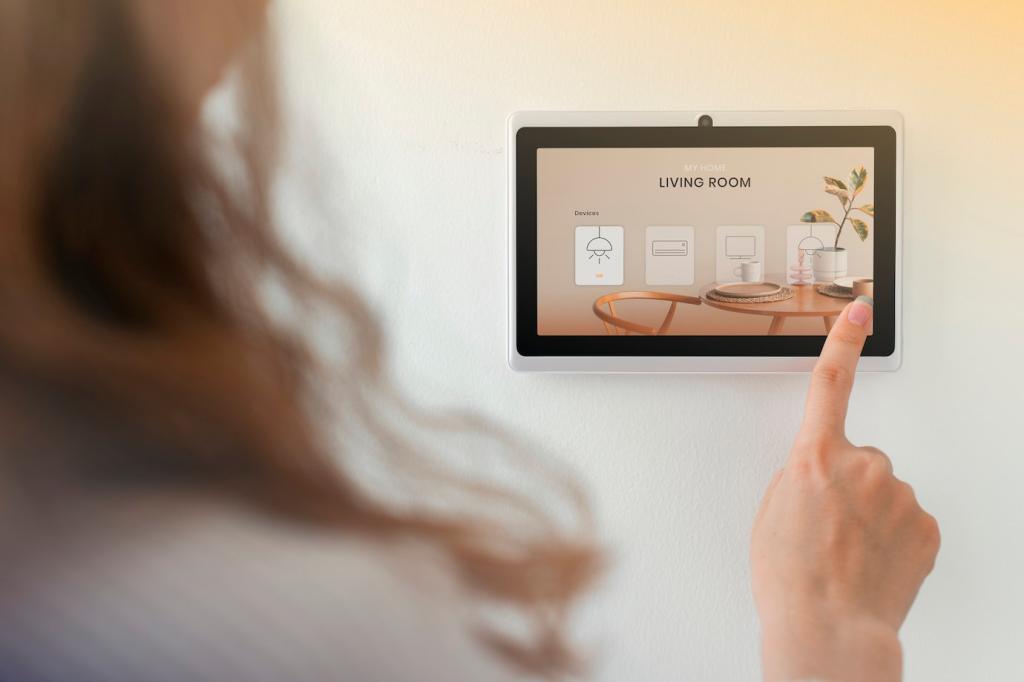
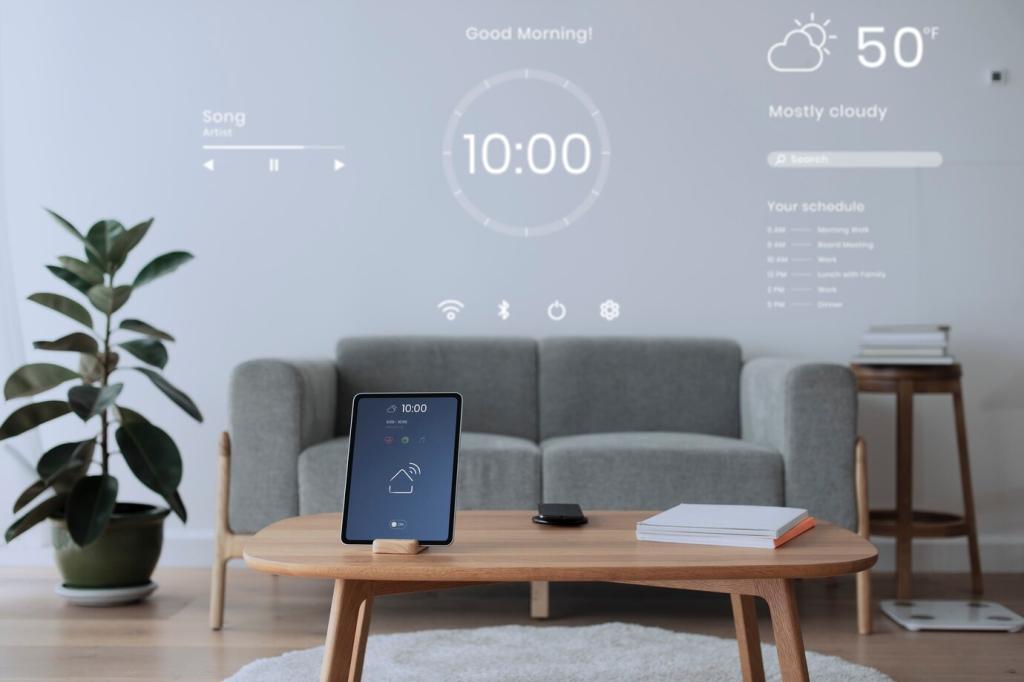
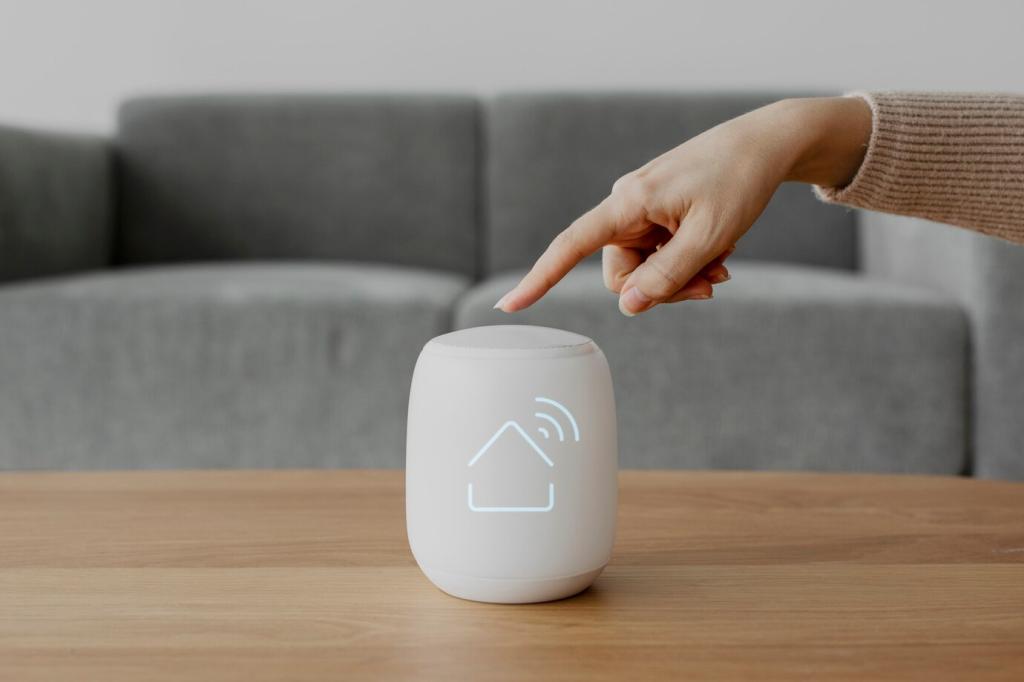
Design, Sizing, and the Home Envelope
A proper Manual J or equivalent heat-load calculation prevents oversized equipment, short cycling, and noisy operation. Smaller, matched systems run longer at efficient levels and keep temperatures stable. Ask us about your square footage, insulation, and windows, and we’ll outline a quick, practical load-estimation approach.
Design, Sizing, and the Home Envelope
Every inch of insulation and every sealed crack reduces the heater’s workload. That lets heat pumps run in quieter, efficient modes and helps boilers condense more often. Start with attics, rim joists, and top plates. Share your last energy audit results, and we’ll recommend the highest-impact next steps.
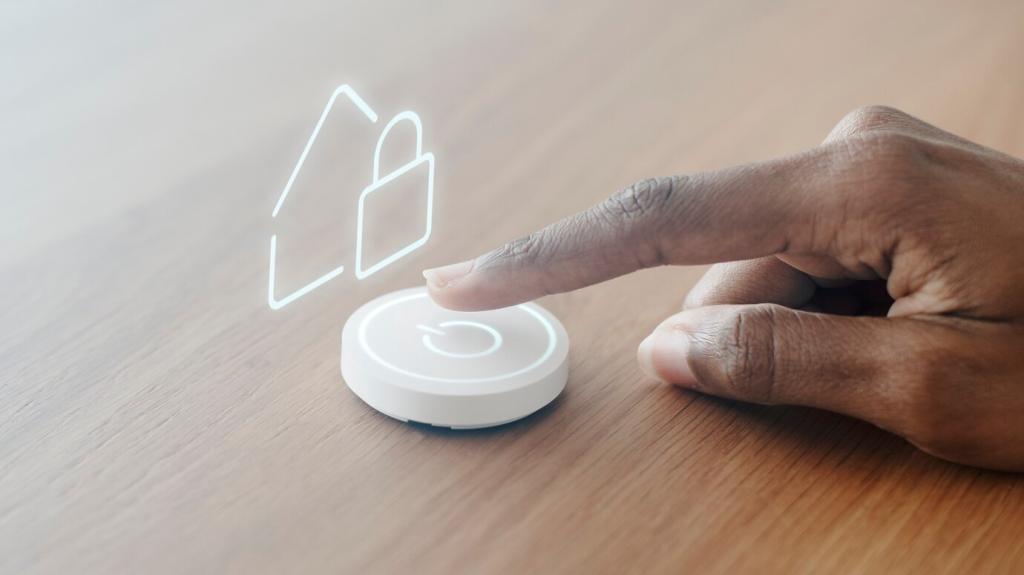
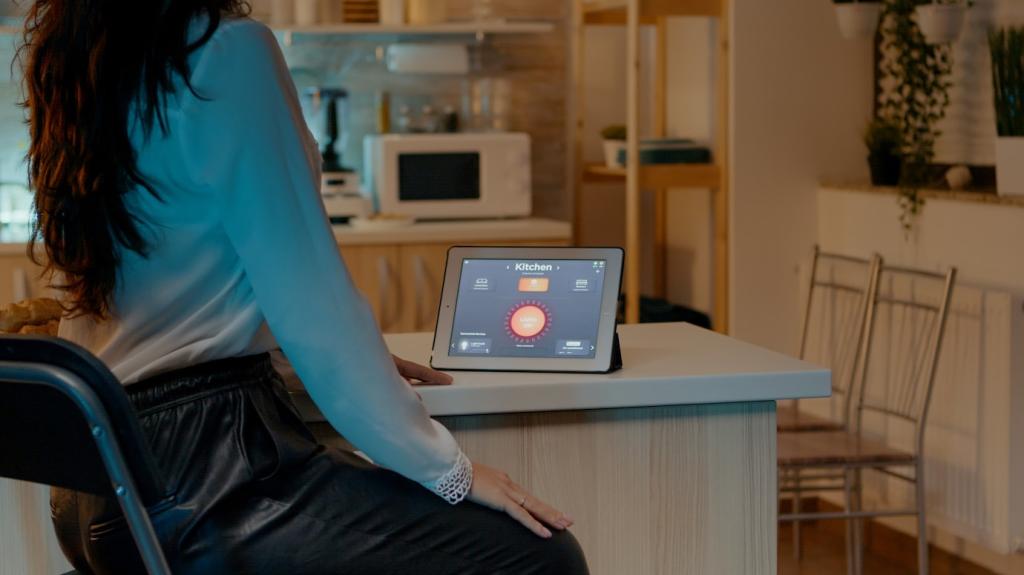

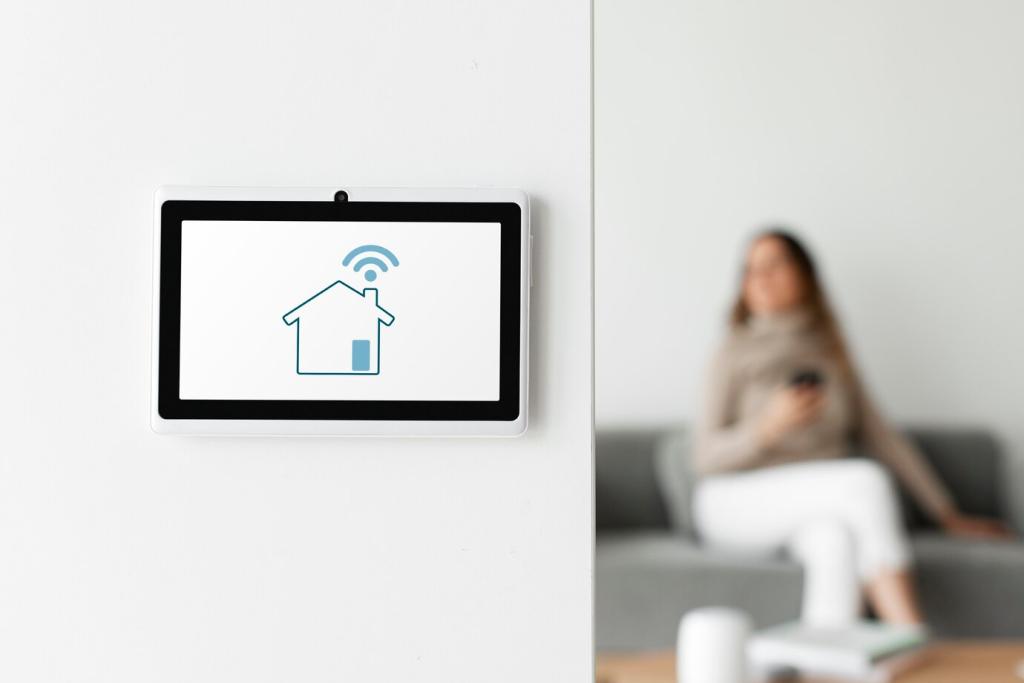
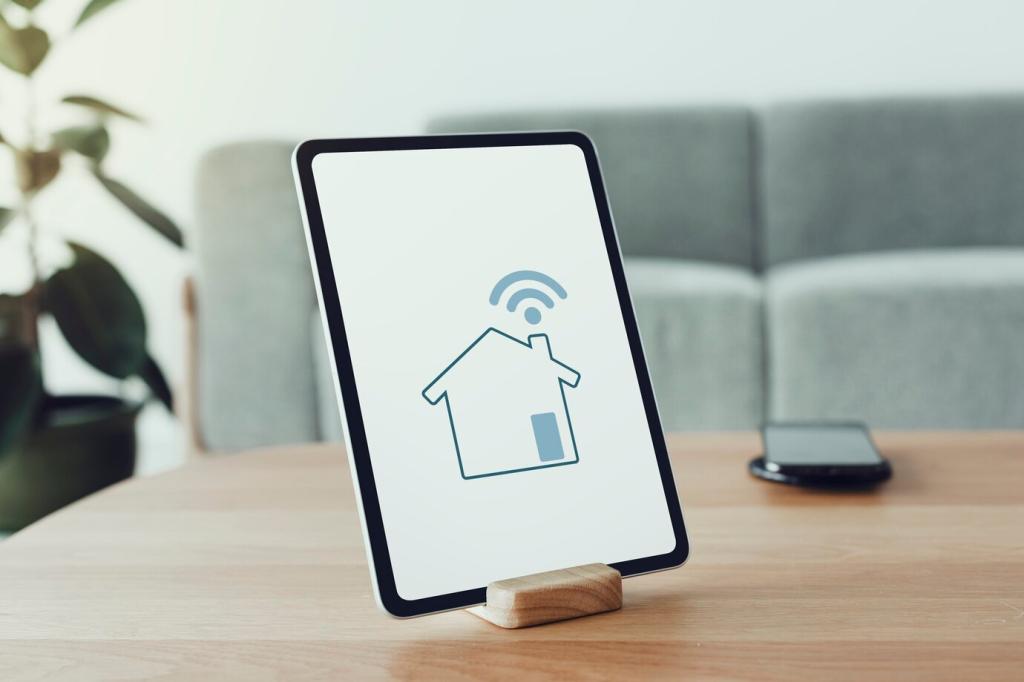
Maintenance, Monitoring, and Continuous Improvement
Clean filters, check refrigerant charge or combustion safety, and verify sensors before peak season. Small tasks prevent big losses. A loose damper or clogged intake can swing efficiency dramatically. Share your maintenance checklist, and we’ll help prioritize actions that deliver the greatest comfort and savings per minute.
Maintenance, Monitoring, and Continuous Improvement
Smart thermostats, utility portals, and indoor sensors reveal patterns you can’t feel—humidity drift, nighttime spikes, or demand charges. Tracking these trends turns guesswork into targeted improvements. Post a week of temperature and runtime data, and we’ll help decode it into clear, actionable next steps.
